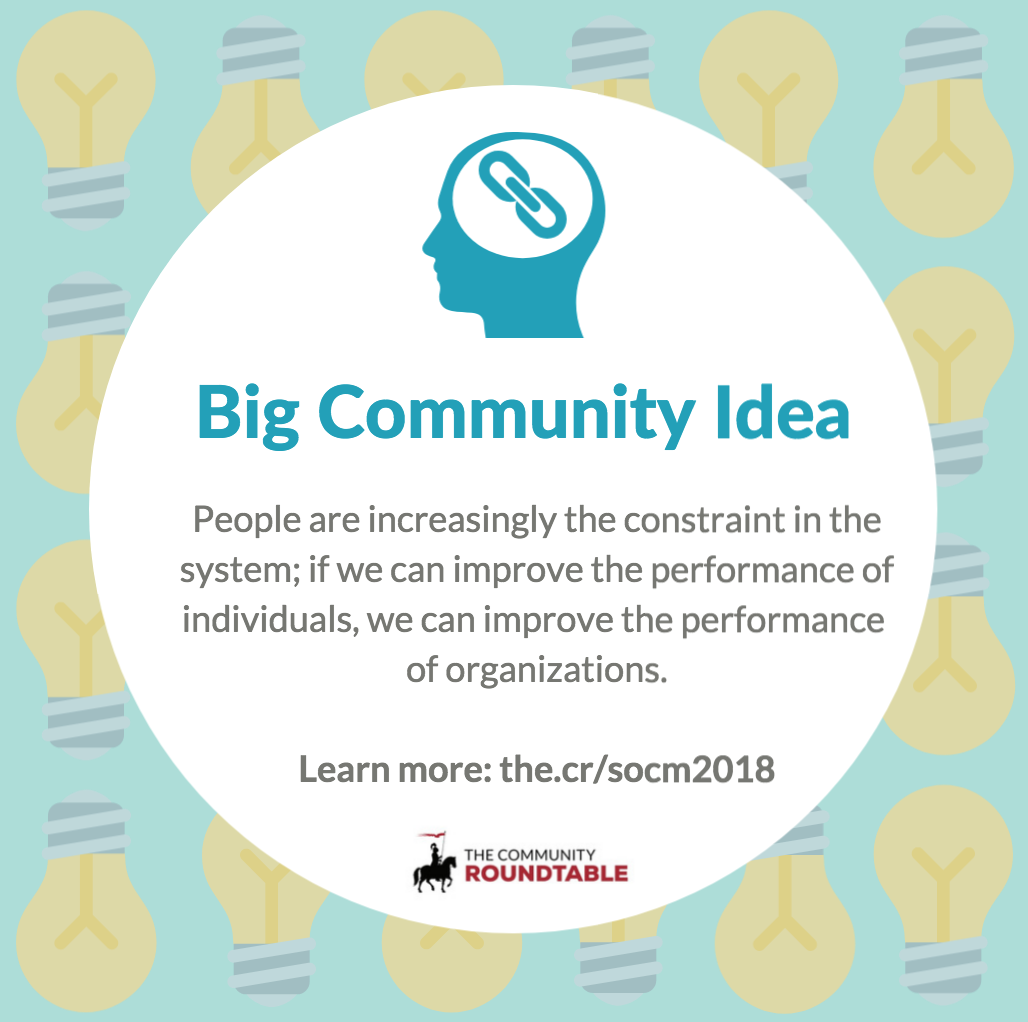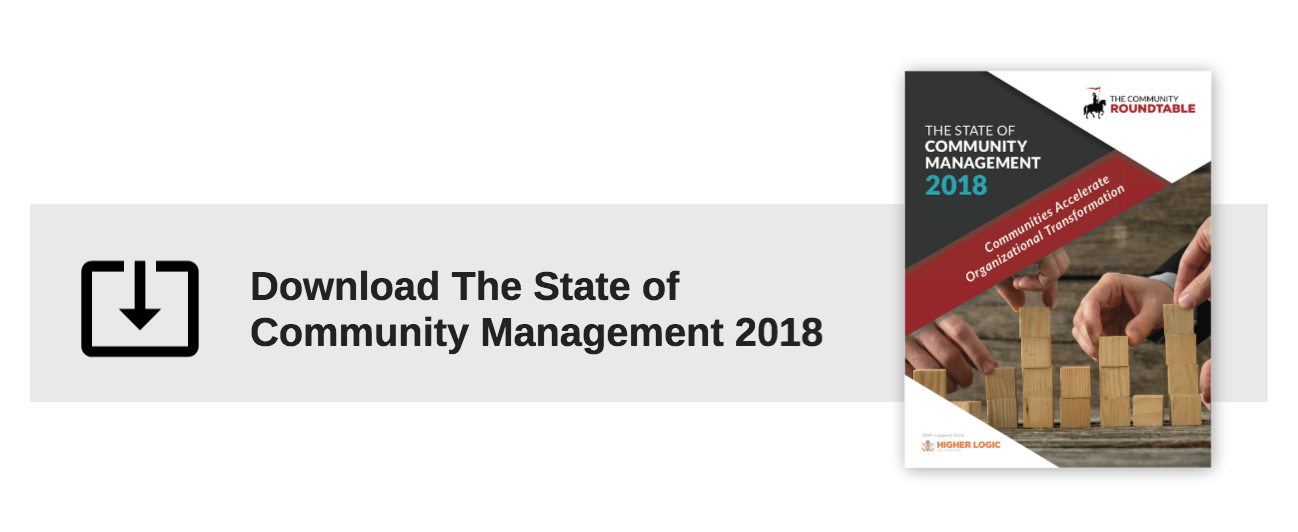Communities enable human potential
I believe in the power of communities to enable human potential.
To thrive, we all need support and challenge. We often receive those messages best from our peers.
What does it mean to thrive?
To me, that means we continuously learn and apply what we are learning to our life and work – constantly improving our welfare and opportunities.
Those organizations that can help individuals thrive will build loyalty, retention, and trust. In the process, they will also increase their productivity and financial metrics.
Humans are a big organizational constraint
Traditional organizations are hierarchical, rigid, and transactional – not exactly built to help individuals thrive. People serve the transactional needs of the organizations instead of the organization serving the needs of people – whether they are employees or customers. This is OK financially when people are not an organization’s most expensive asset. However, technology has commoditized to the point where people are very expensive relative to many of the other tools used to create value.
People are increasingly the constraint in the system; if we can improve the performance of individuals, we can improve the performance of organizations.
Healthy communities improve people’s performance exceptionally well. Communities provide a social environment where individuals are more likely to be recognized and rewarded for their strengths and more likely to be seen and supported when they struggle. This type of support and challenge is impossible to offer as a transaction delivered by an organization – it needs to be offered freely by peers to feel authentic.
Communities provide support and challenge, enabling human potential
While communities generate a multitude of value, this power to support and challenge individuals so they can learn and grow in emotionally safe spaces is the key reason to invest in strong communities.
In this year’s research, we asked community program owners how their communities empowered individuals.
What we found was gratifying.
One of the biggest issues in large organizations is individuals often don’t feel seen or heard. Communities help at least 50% of their members feel like they matter. This is the first step in helping people feel more connected to the organization. I think feeling acknowledged and seen is even more profound than empowering people to provide answers, which while immensely valuable, that behavior is often part of people’s direct job responsibilities.
29% of community program owners reported that communities empower members to take leadership initiative, which is a key component of increasing productivity and innovation levels within an organizational ecosystem. I expect to see this figure grow as more organization figure out how to facilitate healthy, successful communities.
All of these findings suggest that well-managed communities are fulfilling their desired role – helping individuals feel validated, connected, and valued for their contributions.
What is better than that?
Read more in the 2018 State of Community Management report.




